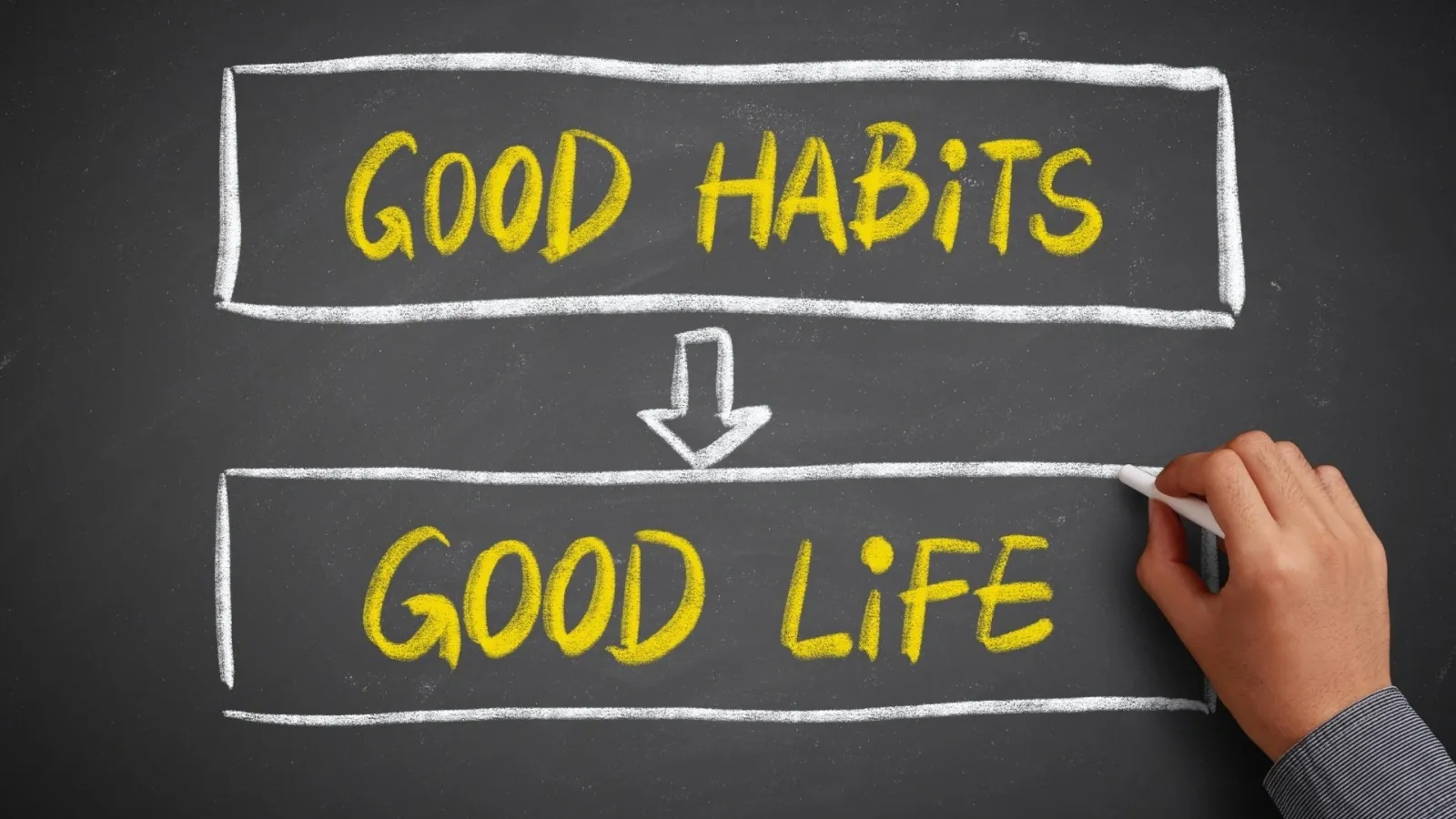As ever, January has been a good time for new beginnings in our personal lives and at work.
But this time, as we move into February, we wanted to share ways in which you can help your workforce stick to their New Year’s resolutions.
The benefits of a fit and healthy workforce are well-documented and there are plenty of positive interventions you can put in place to support your workforce to make some healthy changes. We usually all start a new year with the best of intentions.
But it’s important to note that wellbeing interventions aren’t just a one off, they should be strategically designed and implemented all year round.
There are things you should absolutely do, but there are also some that you really shouldn’t!
Here at Construction Health, we are experts in helping advise companies on how to support their employees’ wellbeing and we can signpost you some great further reading in this article.
Too often we see some organisations embarking on a “good idea”, but they haven’t thought through how to implement and maximise its effectiveness. Here are some examples.
1 – Make sure anything you do will meet the needs of your workforce
For example, rolling out a stop smoking group is probably only going to attract a small number of people. Undertake a needs assessment to help you understand how many people may be interested and what health needs they have. Vitality offers a good free resource to help with this HERE. Or we can help with a bespoke assessment for your organisation.
2 – Before introducing an intervention, do your research and review the evidence base
Is there enough data to suggest it will make a difference and help you achieve your goals? Offering massages at work might be a really nice thing to do, but it isn’t going to reduce stress long-term.
Ways to evaluate wellbeing initiatives:
- Will it work? What data shows how effective it will be?
- Will it be worth it? Will it lead to better health and efficiency in your workforce?
- What difference will it make in the long-term? What will the overall impact of the activity be? Will it be transformative and have longer-term effects on and for your workforce?
A great resource to help you evaluate the idea can be found HERE.
3 – Think about ROI
Many of the best interventions have no cost at all. Which is great news! For example, instead of putting on a weekly yoga class, which many of your staff could feel too busy to attend, give your employees the gift of time, where they can spend 30 mins doing a wellbeing activity of their choice.
It’s also important to note that many people will not be interested in well-being at work activities no matter how good they are, they want to get to work, do their job and go home and will keep that very separate so only agree to interventions upfront if you’re confident people will use it.
4 – Understand the science behind habit formation
Successful changes will become a habit. It takes a while for a habit to form – whether good or bad, habits don’t happen overnight.
Two key points to consider are:
1) You need an environmental cue to trigger a behaviour What environmental cues can you put in place to trigger healthy behaviours? For example, what does your canteen on site offer? Are there healthy options? Can you discount the healthy options to make it easier and more appealing for staff to choose those? How easily can workers access water? Is decaf coffee or herbal tea as available as caffeinated options? Do you have a bike-to-work scheme and bike storage?
2) Habits form out of repetition A one-off initiative like a wellbeing presentation to the workforces isn’t going to change behaviours. Think about how you can roll something out over a longer period to reinforce the key messages/behaviours. A good book for further reading is The Power of Habit.
Considerations for the industry
Positive and lasting health and wellbeing changes are created by more than one-off interventions. If you really want to make a difference, think about a longer-term strategy. This blog and infographic help explain what key factors need to be considered and can help you when thinking about your strategy (as can we!).
We are experts in strategy development and evaluation. We can ensure the strategy is tailor-made to your organisation, properly implemented and evaluated so you can quantify what works for you and your workforce. No matter what size your organisation is, there are some simple things that can be done to support workforce wellbeing.
If your business plans this year include a focus on wellbeing please get in touch with us here at Construction Health and we can share some simple low/no cost ideas that you make a big impact. Just visit www.constructionhealth.co.uk



